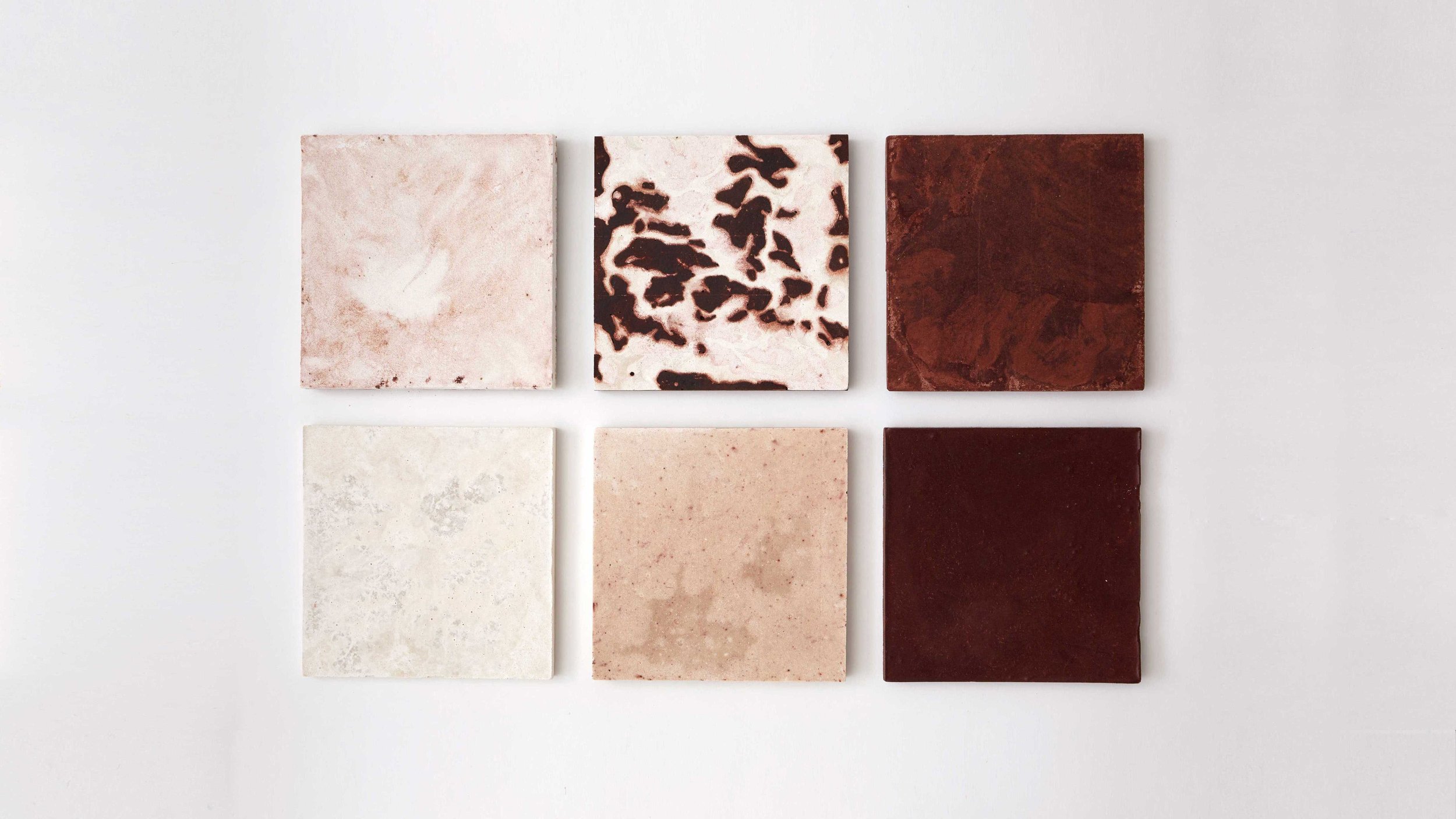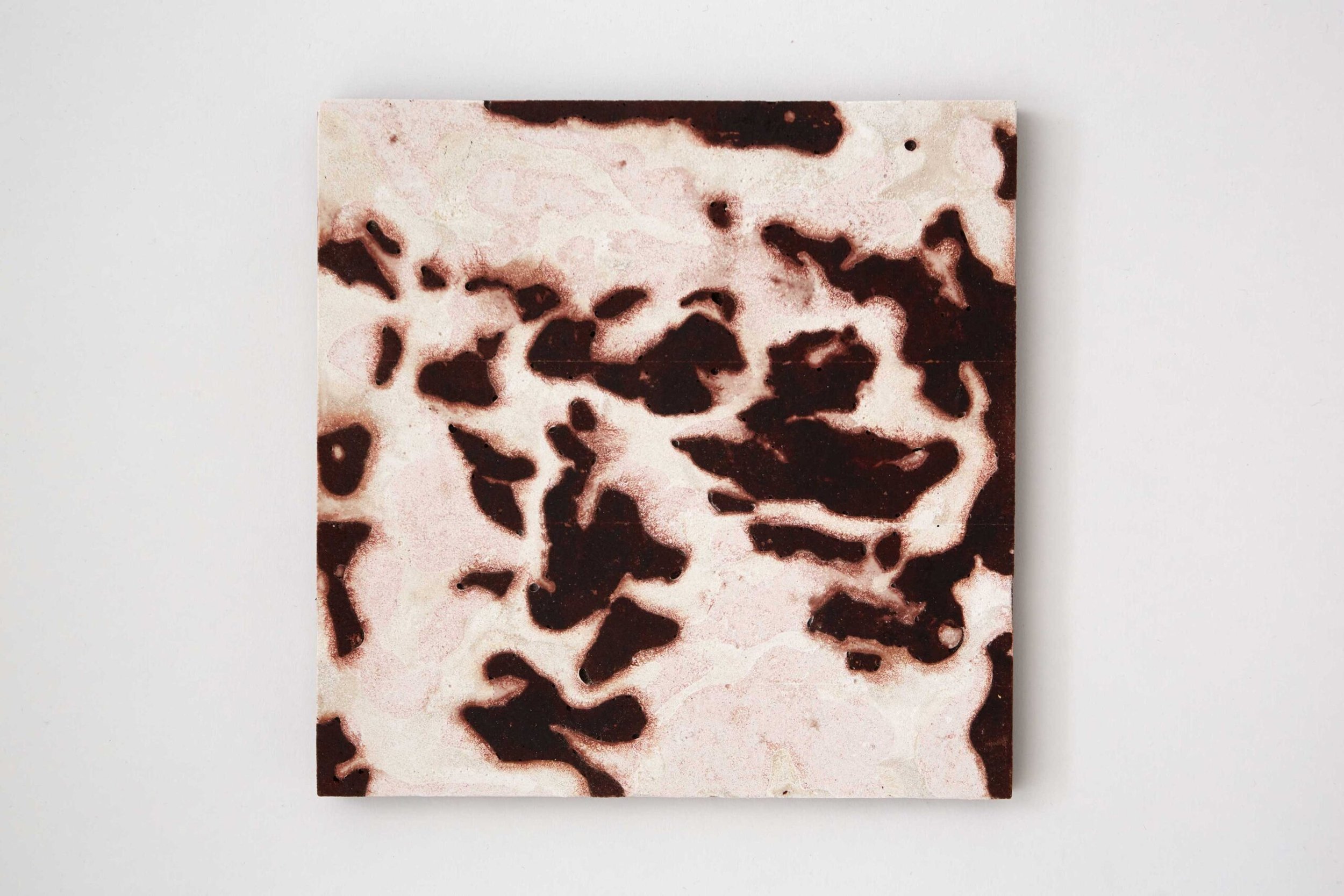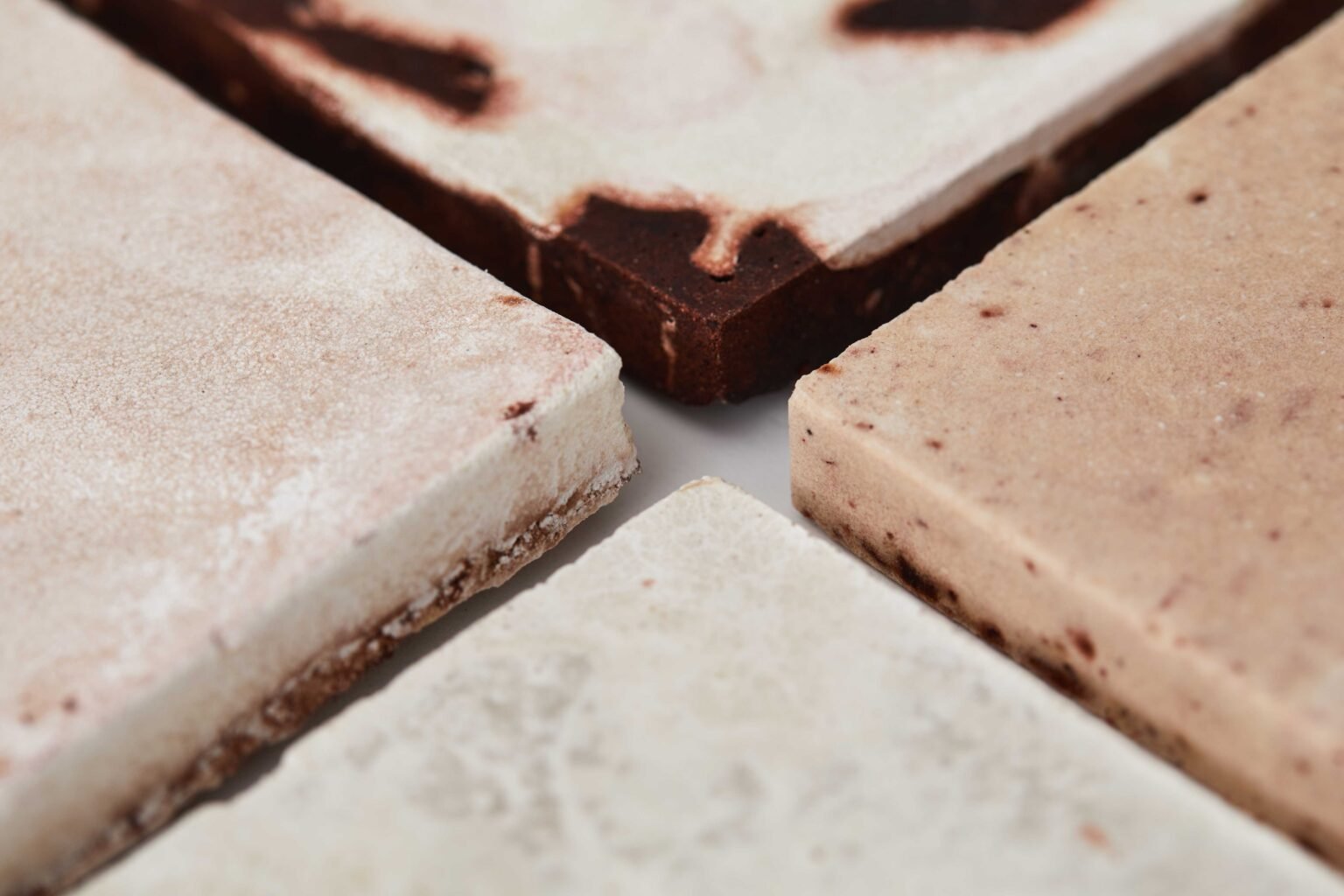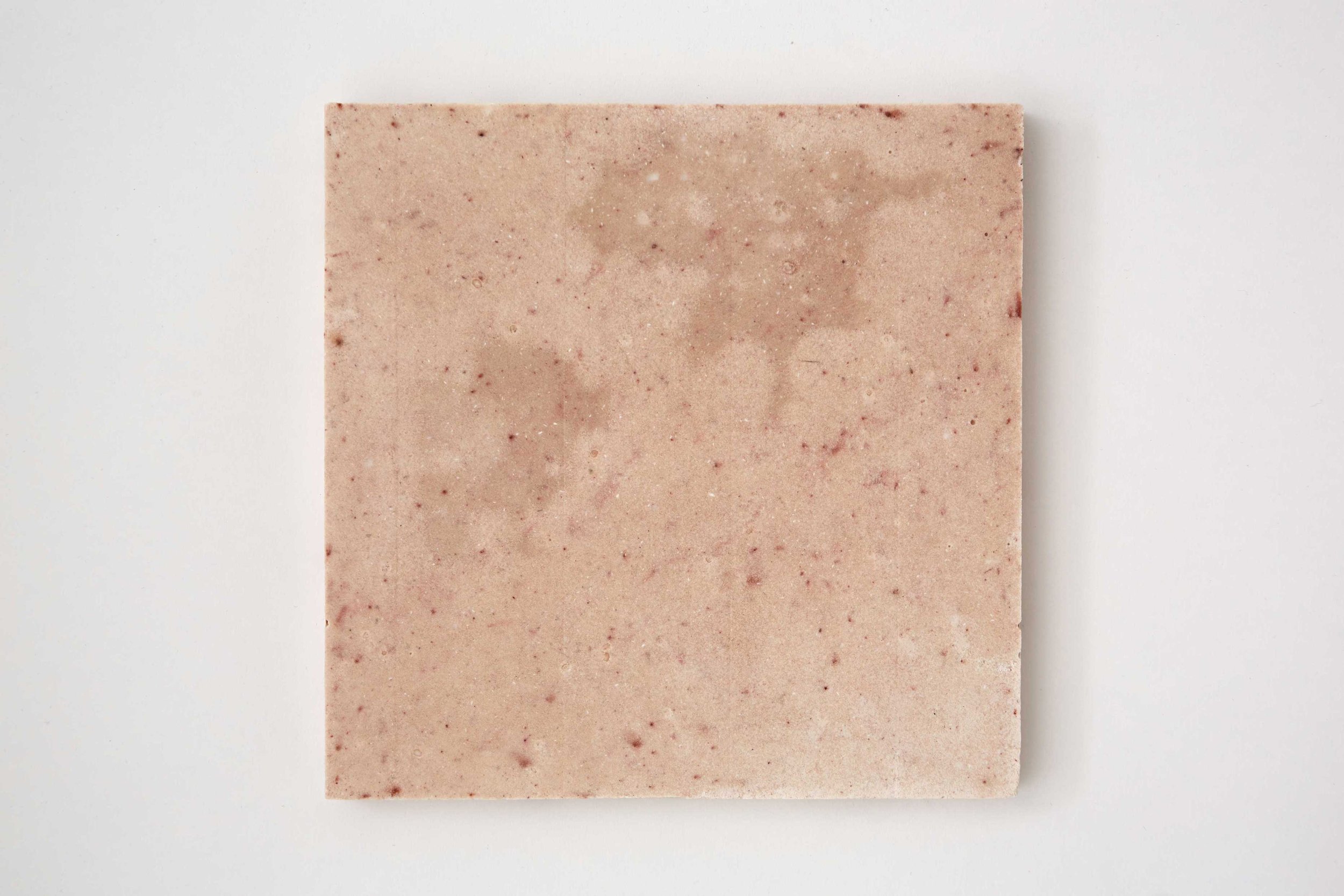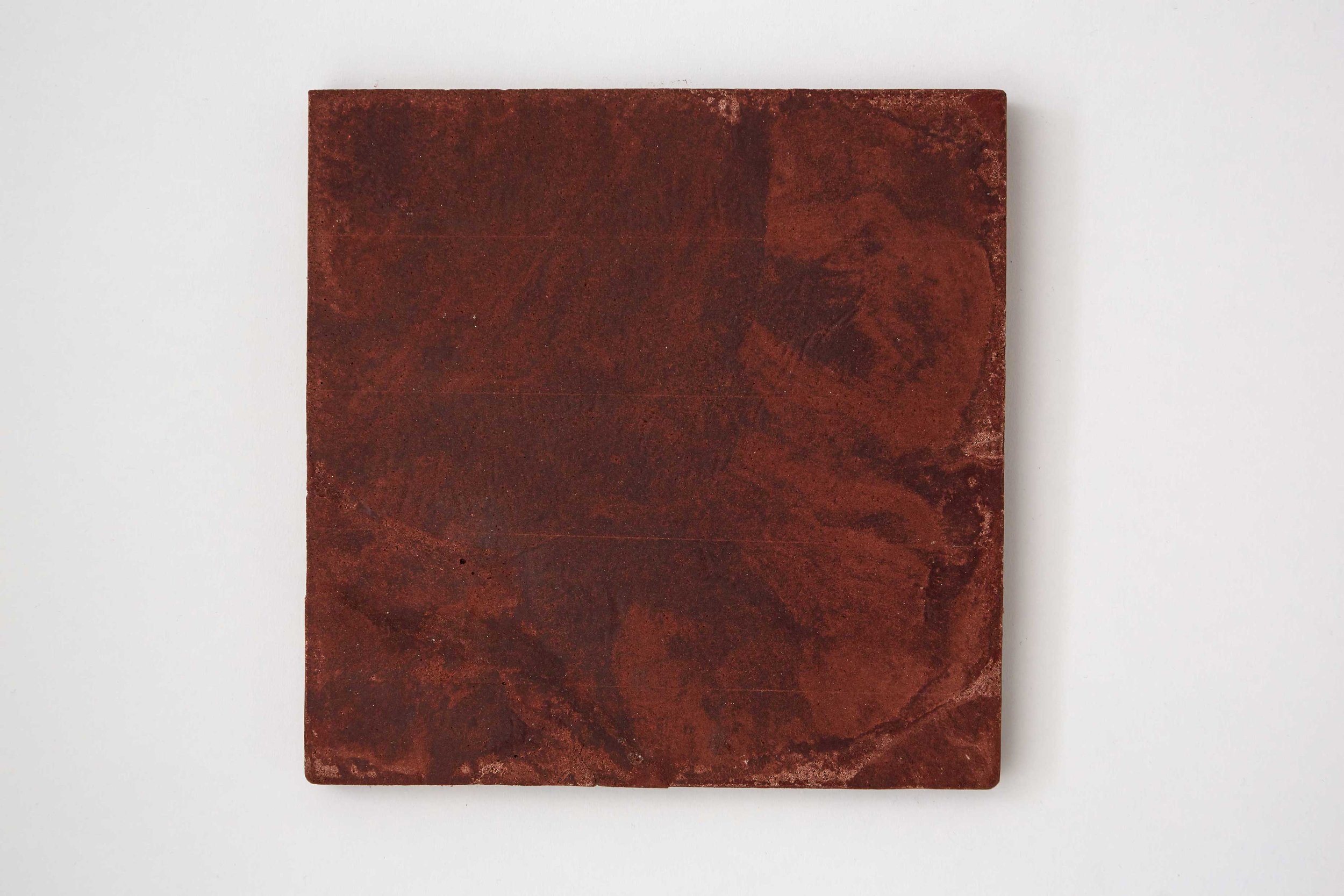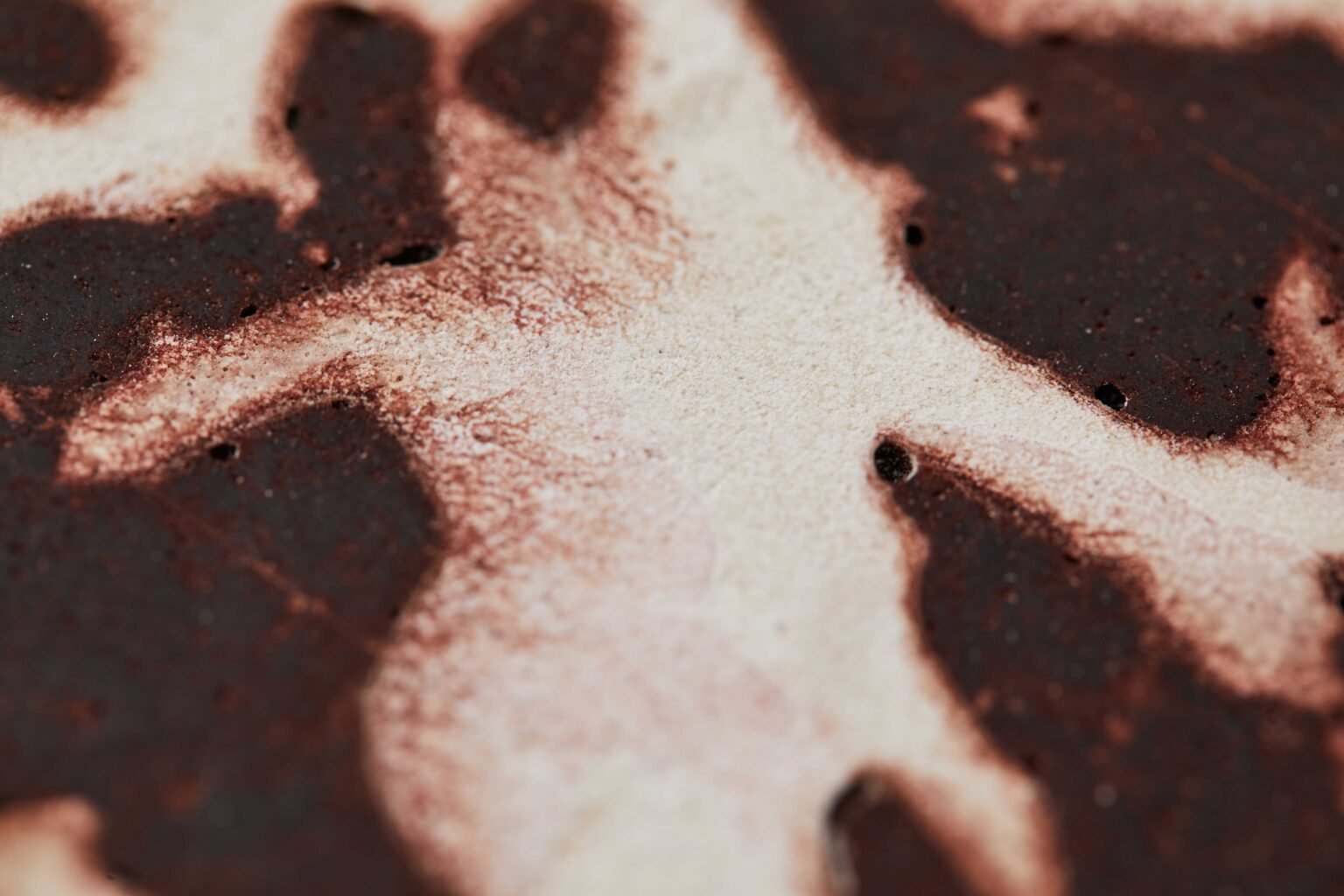Transforming Invasive Species into Design Innovations
Material Research by Brigitte Kock and Irene Roca Moracia
In the mid-1800s, Philipp Franz Balthasar von Siebold, a German physician, botanist, and adventurous explorer, embarked on a journey deep into Japan. There, he encountered Japanese knotweed, a plant that captivated him with its vibrant blooms and distinctive leaves. Enthralled, von Siebold transported the plant back to the UK, where it quickly became a coveted item among botanical gardens and the elite, setting a trend in exotic gardening.
However, this once-prized ornamental plant has become a significant ecological concern across Europe. Initially confined to the curated confines of gardens, Japanese knotweed has aggressively invaded natural environments, overshadowing native species. While natural predators in Japan keep its growth in check, the absence of these controls in Europe has allowed the plant to proliferate unchecked. This transition from an ornamental novelty to a pervasive, invasive threat underscores a critical challenge as it displaces local flora and undermines ecosystems.
Addressing this escalating issue, designer Brigitte Kock and architect and design researcher Irene Roca Moracia have taken a novel approach by transforming the Japanese knotweed issue into an opportunity for ecological innovation. Their initiative, Collection En Route, represents a significant shift in the perception of invasive species. By harnessing the resilient properties of Japanese knotweed, they have developed a bio-concrete that melds construction needs with environmental mindfulness.
The story deepens with the introduction of the American signal crayfish, another species causing ecological disruption in European waters since the 1970s. Mirroring the issues posed by the knotweed, it significantly impacts local ecosystems. In response to the challenge of seafood industry waste, which results in millions of tonnes of seashells discarded annually—most of which end up in landfills or on beaches—Kock and Moracia ingeniously incorporated crayfish shells into their bio-concrete. This innovative use of seashells, rich in calcium carbonate (akin to limestone, a crucial component of cement), offers a dual solution: mitigating the invasive species problem while aiming to reduce the construction industry's environmental impact.
The development journey involved experimenting with various creation techniques, including glass making, stone compression, and water bathing, across numerous small samples, each 10x10cm. Ultimately, inspired by the ancient Roman technique of concrete making, this method emerged as the most effective. This choice underscores a deliberate fusion of historical insights with contemporary environmental considerations.
The pioneering efforts of Brigitte Kock and Irene Roca Moracia in converting invasive species like Japanese knotweed and American signal crayfish into sustainable bio-concrete highlight more than an innovative response to an ecological challenge; they uncover the vast potential of using invasive species in biomaterials research.
This strategy of leveraging invasive species and seafood industry by-products as raw materials for construction and other applications champions a more optimistic approach to managing ecological imbalances. Viewing these species not merely as nuisances but as valuable resources unveils extensive opportunities for ecological restoration, economic development, and the advancement of green technologies.
This model of addressing local issues to inspire global sustainable solutions encourages communities worldwide to adopt similar strategies, fostering a deeper understanding of ecosystems, promoting community involvement in conservation, and supporting the growth of sustainable and regenerative approaches to local industries.
Furthermore, the success of Collection En Route emphasises the urgent need for interdisciplinary research, design, and policy efforts focused on biomaterials derived from invasive species and waste. It highlights the critical role of integrating historical wisdom with modern science to create environmentally friendly, economically viable, and socially beneficial materials.
This project was developed as part of LVMH Material Innovation: A Maison/0 project with design and architecture graduates from Central Saint Martins UAL. Project led by Professor Carole Collet, Director of Maison/0, the Central Saint Martins LVMH Sustainable Innovation Programme.
Info
Research by
Architect and Design Researcher
Irene Roca Moracia
Designer and Modular 3D Printed Fashion
Brigitte Kock
Images
A Maison/0 graduate project, commissioned by LVMH
LVMH Climate Week 2020
Sources
https://www.theguardian.com/environment/2023/may/16/the-war-on-japanese-knotweed
https://www.taylor-weed-control.co.uk/news/post/japanese-knotweed-brought-to-europe
https://www.mediamatic.net/en/page/380988/how-japanese-knotweed-came-to-europe
https://enveurope.springeropen.com/articles/10.1186/s12302-015-0065-2
Words
Nina Zulian

